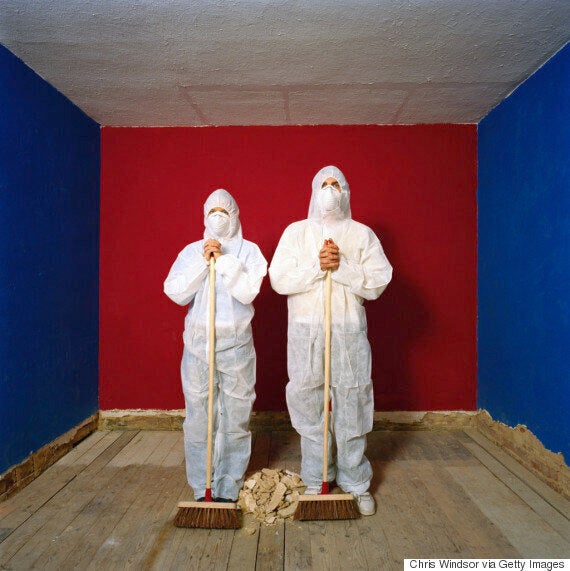As many as 30,000 police officers may have come into contact with asbestos, the Metropolitan Police have said.
A large number of buildings used for firearms training between 1980 and 2007 may have contained had asbestos, which can pose a serious threat to health.
Now, the force are contacting "a large number of officers" who might have been affected by the exposure.
But what is asbestos and why under what circumstances does it pose a health threat?

What is asbestos?
Asbestos was a commonly used building material up until 2000. It was often used for insulation or fireproofing and is still present in many buildings constructed during the 20th century. It comes in many forms, but white asbestos was the most frequently used for construction purposes as it was cheap and durable.
Why is it dangerous?
Frequent contact with asbestos-containing materials or the disturbance of asbestos will expose people to the inhalation of its fibres, which can have very serious and sometimes fatal health implications. It can cause lung diseases such as mesothelioma, cancer and asbestosis, among other illnesses.
In 1999 the Government banned the use and import chrysotile asbestos, a form of the material originally considered less dangerous than other minerals. Most buildings built after 2000 are therefore unlikely to contain any asbestos.
According to the Health and Safety Executive, asbestos kills 5,000 workers every year - about 20 a week from past exposures.
How does it still pose a threat?
For people who used asbestos as a building material, the long-term exposure to the fibres is the most likely reason their health will be affected. For others, the risk comes when someone disturbs existing asbestos - which can be done through construction or renovation. Sometimes it will not be obvious for decades that the exposure has had an impact of your health, as lung conditions develop over a longer period of time.
Short-term contact is unlikely to have any seriously harmful effects on a person's health, however.
Asbestos expert Professor John Cherrie said: "Past exposure will have happened to people like electricians who used asbestos in the 1960s and 70s, but nowadays it is banned and exposure comes if they disturb the material."
Who is most at risk?
The risk posed by exposure is related to the amount of asbestos that is inhaled, the age of the person and how long they are exposed for. Typically, if you are older, there is a higher risk of you developing complications as a result of coming into contact with asbestos.
How can you stay protected?
If you are a worker, protective masks can reduce the risk of inhaling asbestos fibres and this can be assisted by a well-ventilated room and keeping the surface wet. There is a risk of second-hand contamination through things such as clothing, so it is important they are regularly cleaned after being in any area that might contain asbestos.
How to spot asbestos
